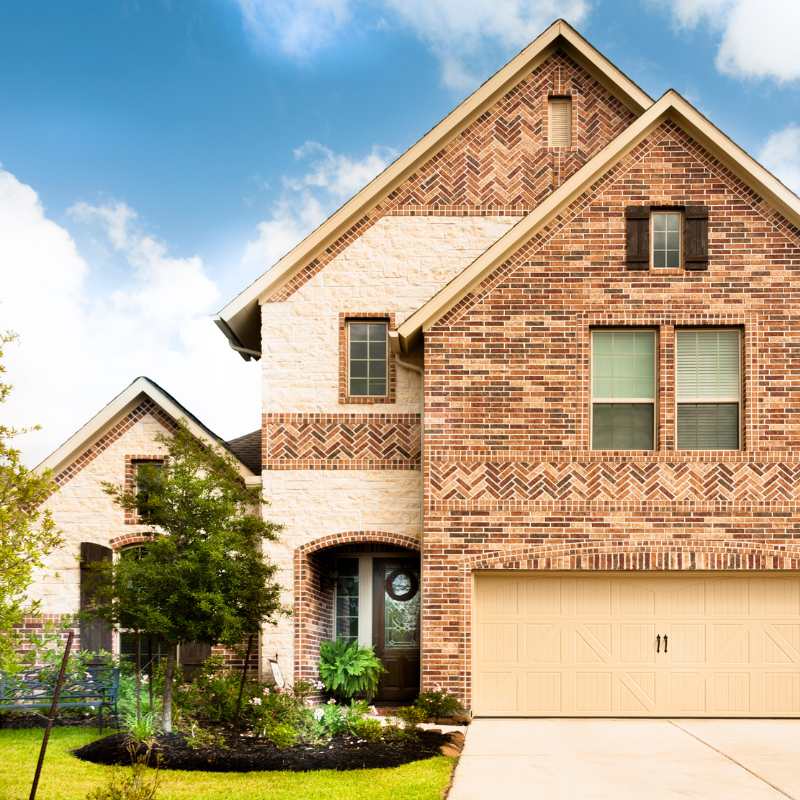Google Ads enables your bathroom remodeling services to appear at the top of search results for targeted keywords in specific locations. This ensures your business is visible to the right people at the right time. In this guide, you’ll learn how to create an effective Google Ads campaign for bathroom remodelers to drive consistent, high-quality leads.

Step 1: Focus on Specific Bathroom Remodeling Services
When running a Google Ads campaign, it’s essential to focus on specific services rather than attempting to advertise everything at once.
If you attempt to run ads for too many different services, your budget will be spread thin and as a result lead to a lower number of leads.
Narrowing your focus allows you to spend your whole budget effectively and attract clients who are actively searching for the exact services you offer.
Highlighting high-value services such as full bathroom remodels, luxury bathroom renovations, walk-in shower or tub installations, affordable upgrades for budget-conscious homeowners, or ADA-compliant and accessibility renovations can help you stand out.
Prioritizing in-demand services with strong profit margins ensures a higher return on investment.
For example, promoting full bathroom remodels during spring and summer can effectively target homeowners preparing for significant home improvement projects, aligning your services with seasonal demand.
Step 2: Conduct Keyword Research
Keyword research is the foundation of any successful Google Ads campaign. The best part? If you keep it simple, you’ll get the best results.
Keyword Types to Target:
- General Keywords:
- “Bathroom remodel near me”
- “Best bathroom remodeling contractors”
- Location-Specific Keywords:
- “Bathroom renovations in [City Name]”
- “Top bathroom remodelers in [City]”
- Service-Specific Keywords:
- “Walk-in shower installation”
- “Custom tile bathroom design”
Pro Tip: Add Local Modifiers
Include geographic terms in your keywords to ensure your ads are seen by homeowners in your service area. For example, phrases like “modern bathroom renovations in Denver” or “luxury bathroom remodel in Miami” help reduce wasted ad spend on irrelevant traffic.
Balance Broad and Long-Tail Keywords
While broad terms like “bathroom remodel” attract a large audience, they can be costly and competitive. Long-tail keywords like “affordable bathroom remodeling in [City]” or “eco-friendly bathroom designs in [City]” are more cost-effective and attract users with specific needs.
Optimal Keyword Count
Target 5–15 highly relevant keywords per ad group to keep your ads focused and improve click-through rates (CTR).
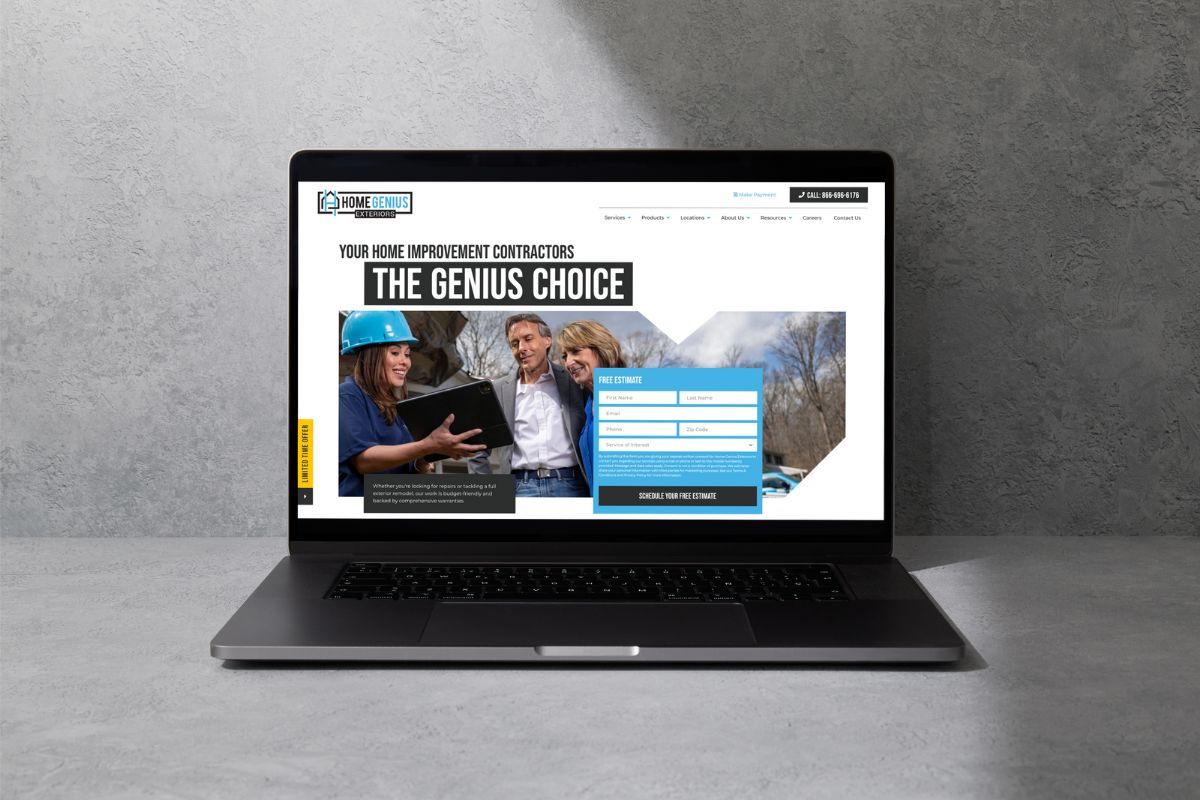
Step 3: Optimize Your Landing Page
Your landing page is where conversions happen, making it crucial that it is relevant, user-friendly, and persuasive. Even the most effective ad campaign can fail if the landing page doesn’t meet user expectations. To create a high-converting landing page, focus on key elements such as service-specific content that highlights the advertised service, like luxury bathroom remodels, and professional images showcasing before-and-after photos of completed projects. Incorporate social proof, such as customer testimonials, reviews, and certifications, to build trust and credibility.
Most importantly, your landing page should match with the intent of your keywords. For example, if you run an ad campaign for luxury bathroom remodeling, the keyword “bathroom countertop repair” would be a poor match. A much better keyword would be “custom bathroom remodeling” as this keyword matches the intent of the landing page.
Key Elements of a High-Converting Landing Page:
- Service-Specific Content: Highlight the advertised service (e.g., luxury bathroom remodels).
- Professional Images: Showcase before-and-after photos of completed bathroom projects.
- Social Proof: Include customer testimonials, reviews, and certifications.
- Clear Call-to-Action (CTA): Examples:
- “Schedule a Free Consultation Today”
- “Call Now for Your Quote”
- Mobile Optimization: Ensure the page loads quickly and looks great on mobile devices.
If you don’t have a website, a well-maintained Google Business Profile (GBP) can serve as an alternative.
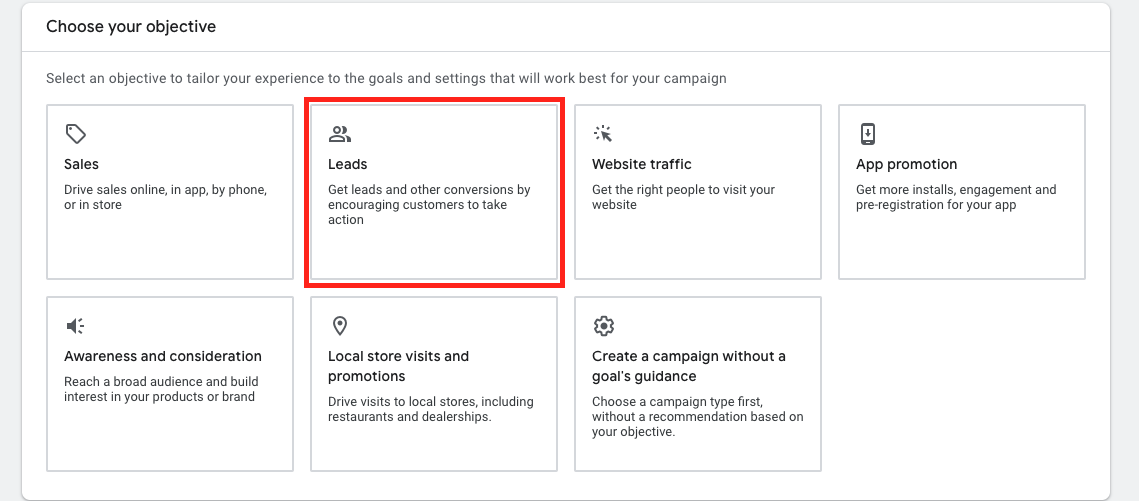
Step 4: Set Up Your Google Ads Campaign
Choose the Right Campaign Objective
For bathroom remodelers, the “Leads” objective is the best choice. This ensures your ads drive actions like phone calls, form submissions, or consultation bookings.
Campaign Settings:
- Search Ads Only: Focus on high-intent homeowners actively searching for services.
- Turn Off Search Partners and Display Network: These settings can dilute your budget.

Step 5: Craft Compelling Ad Copy
Your ad copy must grab attention and persuade users to take action.
Key Elements of Winning Ad Copy:
- Compelling Headlines:
- “Transform Your Bathroom Today – Call for a Free Consultation”
- “Top Bathroom Remodelers in [City Name]”
- Value Propositions:
- “Custom Designs & Expert Craftsmanship”
- “Licensed, Insured, and Trusted for Over 10 Years”
- Clear CTAs:
- “Get Your Free Quote Now”
- “Schedule Your Bathroom Design Consultation Today”
Use Ad Extensions:
- Call Extensions: Display your phone number for immediate inquiries.
- Location Extensions: Highlight your service area.
- Promotion Extensions: Offer discounts, such as “10% Off Bathroom Remodels This Month.”
Pro Tip: Dynamic Headline Insertion
Use features like Dynamic Keyword Insertion to automatically tailor your ad headlines to match user search queries.
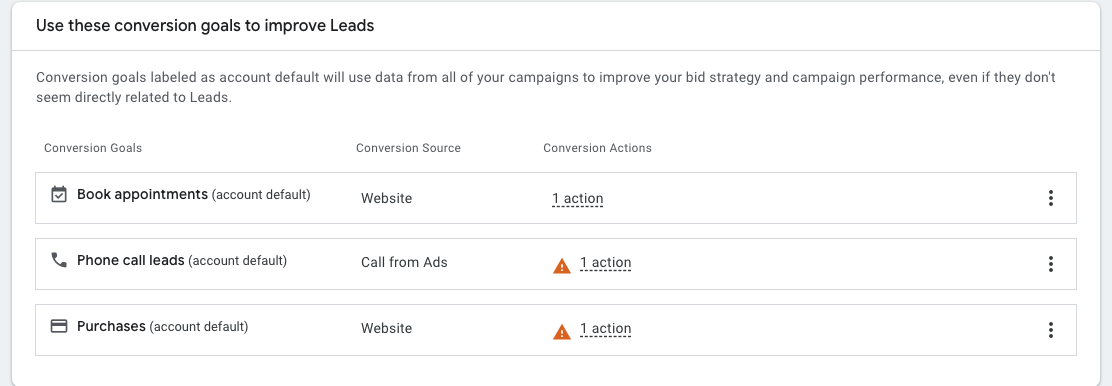
Step 6: Track Conversions
Conversion tracking is a crucial component of running a successful Google Ads campaign, as it allows you to measure the effectiveness of your efforts and identify the actions that drive results. By monitoring key conversions such as phone calls generated from ads, form submissions requesting quotes, or appointment bookings, you gain valuable insights into how users are interacting with your campaign and which aspects are performing well.
To set up conversion tracking, you can use tools like call extensions, dynamic phone numbers, or “thank you” pages for form submissions. Call extensions enable users to click and call directly from your ad, making it easy to track calls as conversions. Dynamic phone numbers replace your standard phone number on your website when a user clicks through from an ad, allowing you to attribute each call to a specific campaign, ad group, or keyword. For form submissions, redirecting users to a dedicated “thank you” page after completing a form lets you track successful submissions as conversions, providing a clear picture of how many leads your ads are generating.
Capturing conversions is not just about measuring success—it’s also a critical input for optimizing your campaigns. Conversion data feeds into Google Ads’ machine learning algorithms, helping them identify patterns, understand user behavior, and optimize your campaign settings for better performance. With accurate conversion tracking, Google Ads can prioritize showing your ads to users who are most likely to take action, ensuring your budget is spent on high-intent leads. Over time, this data-driven approach can significantly improve your return on investment, helping you generate more qualified leads while reducing wasted ad spend. Investing in robust conversion tracking is essential for maximizing the effectiveness of your campaigns and achieving your business goals.
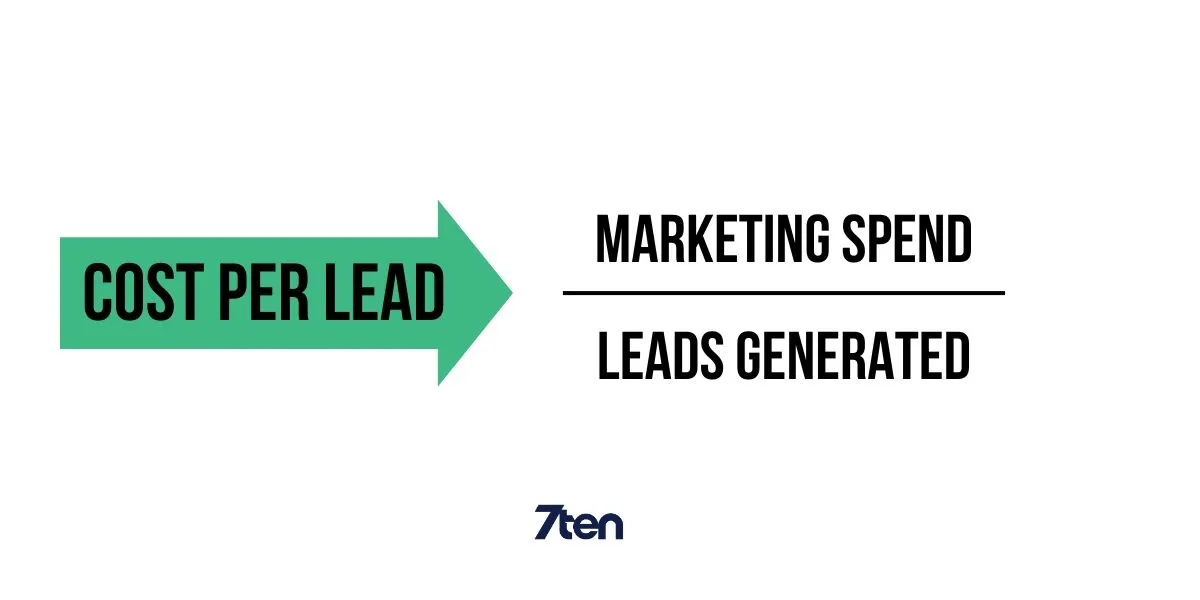
Step 7: Budget for Success
Starting with a budget of $1,500 per month is a smart approach for running a Google Ads campaign, especially when you’re beginning to gather data and generate leads. This initial investment allows you to test your ads, identify which strategies work best, and refine your campaign over time. By monitoring key metrics such as Cost Per Lead (CPL), you can adjust your budget and bidding strategies to maximize efficiency and return on investment.
For example, if your average CPL is $200, a $1,500 budget could generate approximately 7–8 leads per month. Over time, as you analyze campaign performance, you might find opportunities to lower your CPL by improving ad relevance, refining keyword targeting, or optimizing your landing pages. This would allow you to stretch your budget further and generate more leads for the same investment.
It’s also important to evaluate how much a lead is worth to your business and align your ad spend with your profit margins. For instance, if your average bathroom remodeling project generates $10,000 in revenue, a $200 CPL is a worthwhile investment, as even one successful conversion could cover your entire ad budget and deliver significant profit. Additionally, consistently monitoring other metrics like click-through rate (CTR), conversion rate, and return on ad spend (ROAS) ensures that your budget is being allocated effectively.
As your campaign matures and you have more data to work with, consider scaling your budget to capture additional leads and expand your reach. For instance, if you discover that certain ad groups or keywords consistently deliver high-quality conversions, you might choose to allocate more funds toward those areas to drive even better results. Starting with a manageable budget and making data-informed adjustments allows you to grow your campaign in a sustainable, cost-effective way.
Step 8: Monitor and Optimize Your Campaign
Regularly review and refine your campaign to improve performance.
Metrics to Track:
- Impressions: Ad visibility
- CTR: Ad relevance
- CPC: Cost-efficiency
- Conversions: Total leads generated
- CPL: Overall campaign efficiency
Optimization Tips:
- Adjust bids for top-performing keywords.
- Pause underperforming ad groups.
- Test new ad copy and CTAs.
Conclusion
Google Ads can drive high-quality leads and grow your bathroom remodeling business. By targeting the right services, conducting keyword research, optimizing landing pages, and tracking performance, you can create a campaign that consistently delivers results.
Need help with your bathroom remodeling campaign? Contact 7ten Marketing for expert support and guidance to maximize your success!
Related Posts


